Category: Photography
Rhododendron and TG-7
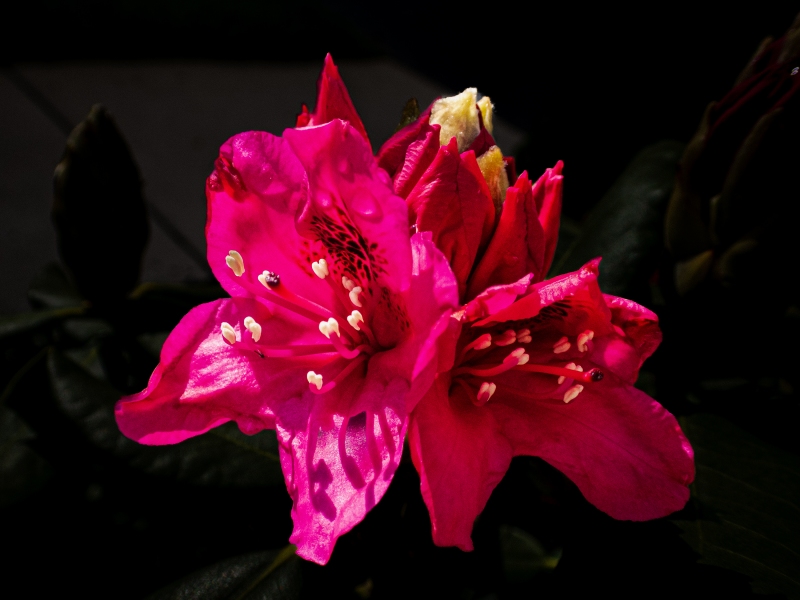
The TG-7 camera works well for these kinds of images except for the fact that I have to be able to see the composition in the LCD and that can be difficult in bright sunlight.
My biggest issue is that while such images are OK, and others like them, I would prefer to be working on a longterm environmental project if I could. I would like to work on stories that have a purpose that lead to a good book project.
I started out making pictures like the one above for filler blog posts, but now it is all that I seem to do since I no longer travel far and wide.
I’m still looking for other ideas that I can pursue close to home that are in the shade like this fern, while I think about the coming hot weather.
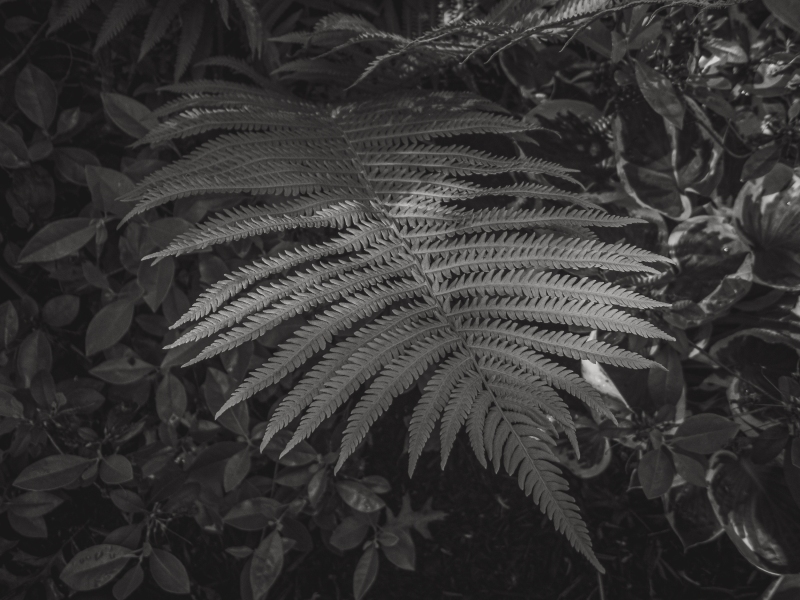
Visual Documentation of Walks





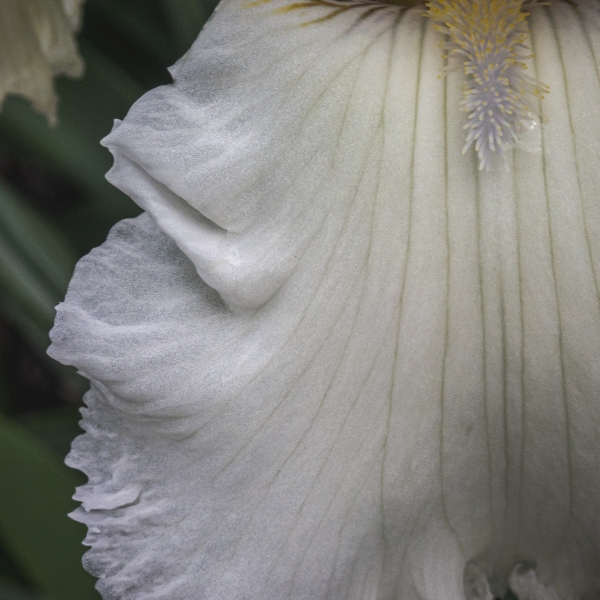

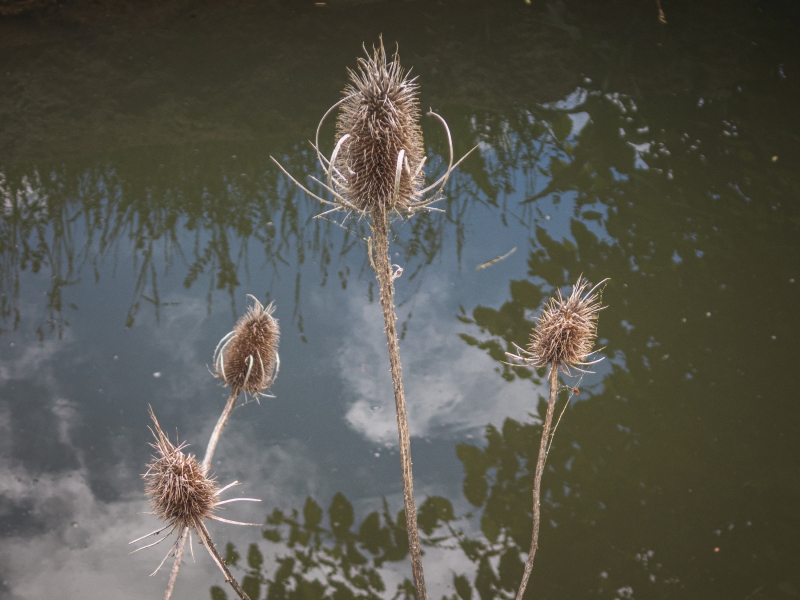


I took a walk on Sunday with just the TG-7 camera to see what I could do with the pictures. This is a slightly different processing style for color, but I like it. It seemed to work well with the TG-7 and the day’s lighting.
I plan to be using this camera and style more frequently during the coming summer. The style works equally well with B&W or color with this camera. I have a preset for B&W which I used and then changed to Adobe colors.
Heron Dining



A Blue Heron looking for food. It saw it and grabbed it. It was a small frog.
Mother’s Day
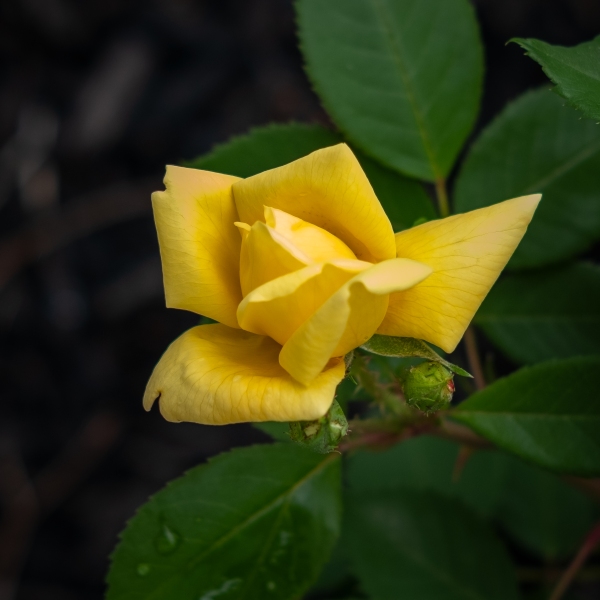
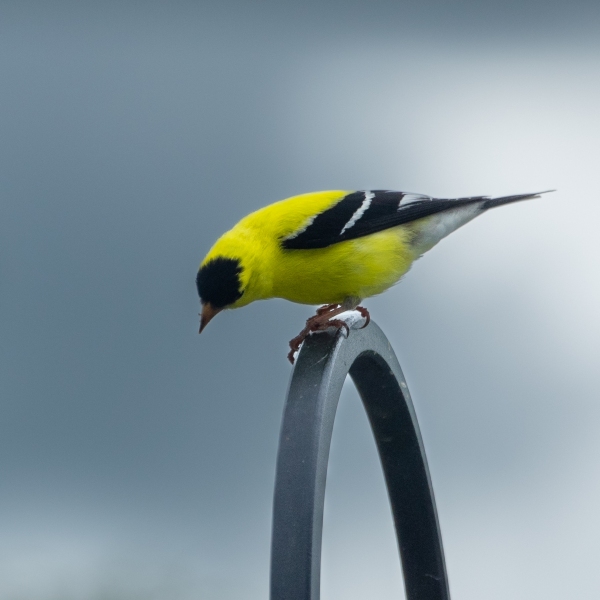
Yellow rose and American Goldfinch, both in our yard on Mother’s Day.
Last Evening

Out front.

Out back.
Morning Walk with a Pentax DSLR

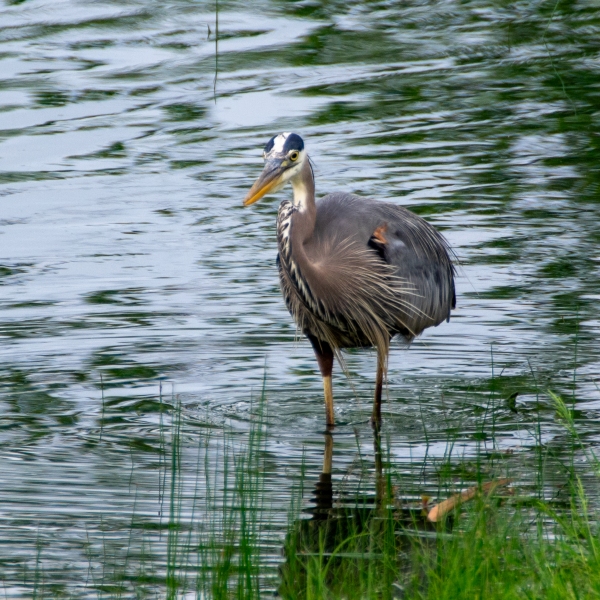
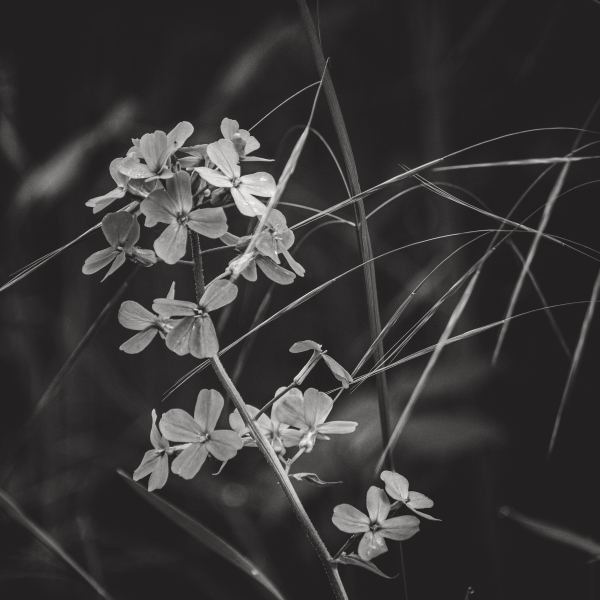
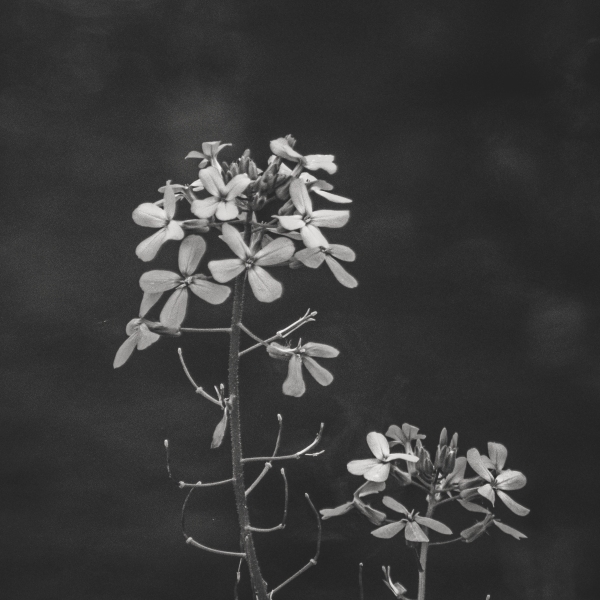

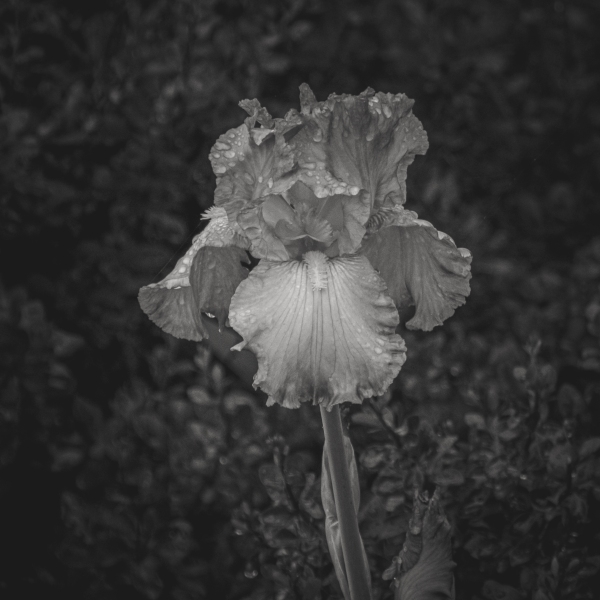
It has been a while since I walked with the Pentax K-3 and a long lens.
Making Adjustments

One change I’m trying is going back in time and using two old cameras for my personal photography. I’m thinking about only using a Pentax K-3 with a couple of zoom lenses (a 10 year old camera) when I need a longer focal length; but mostly concentrating on using a Fujifilm X-Pro 2 camera (eight years old) with a prime lens for as much of my work as possible. I just wanted to use simple cameras I liked rather than higher end “computer-driven cameras” as I start phasing down to photography appropriate for an old man. I’ll continue to photograph Homewood activities with my micro 4/3 gear, at least for a while, but I might switch some of that work to my X-Pro 2.
Another change is walking less due to a problem with my knees. I’ll rethink this change after I get through many weeks of physical therapy and get a reevaluation from my doctor in about six weeks. As it gets hot and humid and I continue with my physical issues, the impact will be less photography and blog posts in the interim. I do have an idea for accommodating my issues, but it will take a while to check it out. I have tried smaller and lighter micro 4/3 gear and it hasn’t been as satisfying from a photographic perspective.
Another change that I have wanted to do for some time is to do something different than taking the same pictures during my walks around Homewood and then posting them frequently. I want to do a longer term project and I want to try a different style of photography.
Barn Swallows


Color or B&W


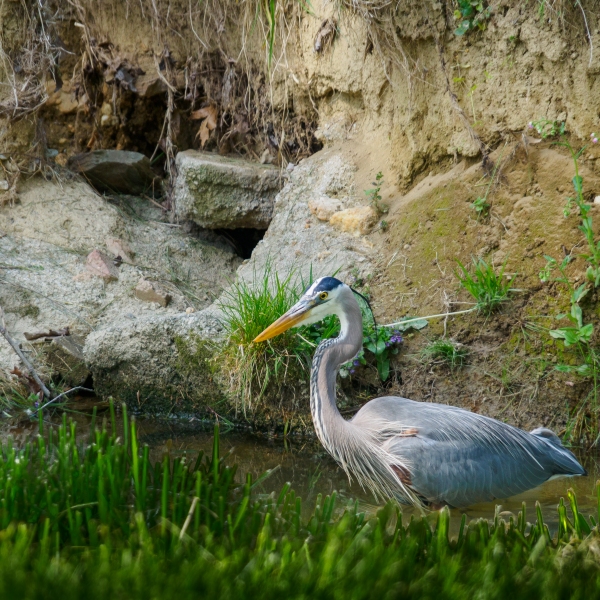

While I like B&W, I am finding that it works best for me when it is a simple scene. The more complex the scene the better it works in color since it helps separate out the details.
Monochrome Variability

Two images of Mallards and one of Geese.
I’ll probably play around with various different monochrome looks for awhile since I like the looks and it gives me more latitude to experiment with processing.

